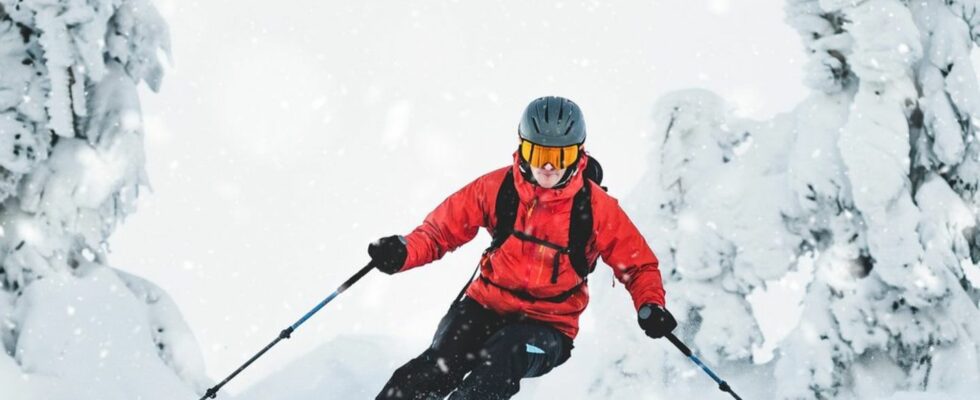avalanche danger
Winter sports enthusiasts should know these rules of conduct
Deep snow attracts many winter sports enthusiasts away from the slopes.
© zedspider/Shutterstock.com
The danger of an avalanche is particularly high away from the slopes. This is how you protect yourself from the snow masses.
Every winter, glistening fresh snow and deep powder lure numerous skiers and snowboarders away from the slopes. However, the danger of avalanches also lurks behind the snow-white pleasure. Every year, numerous winter sports enthusiasts are killed in avalanches. January is considered the month when the most slabs of snow fall in the Alps. Anyone planning a tour of the terrain should be well prepared and informed. How do you protect yourself from avalanches and what to do if the worst comes to the worst?
How are avalanches formed?
One speaks of an avalanche when large amounts of snow cover come loose. Most snowpacks consist of multiple layers that build up during different periods of precipitation. The more different the properties of the layers, the more unstable the structure of the snowpack. Overloading the layers can cause a crack to form and large parts of the snowpack to move downslope. Natural triggers are the reason for the release in only around ten percent of all avalanches. Around 90 percent can be traced back to external triggers, mostly animals and humans.
The most important rules of conduct
In order to protect yourself from possible avalanches, you should pay attention to a few things before heading out into the open. In general, never go off-road alone, only in a group and preferably with a mountain guide who knows the area.
Proper preparation is important: it is important to check the weather forecast and the terrain carefully, as well as to find out about the current danger of avalanches and the snow situation.
Anyone who skis off-piste should not do so without the right emergency equipment. This includes an avalanche transceiver (LVS device), an avalanche shovel and a probe. A backpack with an avalanche airbag is also a good idea. Before you start, check the material carefully. An avalanche transceiver will only help if its batteries are full.
Before you leave the piste, you should carefully inspect the open terrain. Beware of cracks, risk factors such as fresh snow, wind or steep slopes. Steep slopes should also always be skied individually or at a large distance.
Correct behavior in an avalanche
If all caution has not helped and you find yourself in the dangerous situation of an avalanche, then it is important to act quickly. First you should try to get out of the avalanche sideways. If that doesn’t work, the first thing you should do is drop your sticks: they can act like an anchor and pull you down, and they can also cause puncture wounds. Therefore, the following also applies: Never use the loops of the poles in open terrain.
If you have an avalanche backpack, you should activate it. It is important to try at all costs to stay on the snow surface with swimming movements. When the snow stops, hold your arms in front of your chest and your hands in front of your face to create an air pocket. In theory, you can survive being buried for up to 130 minutes.
Anyone who witnesses an avalanche or was able to save themselves should act quickly but prudently. Every minute makes the difference between life and death: After 15 minutes under the masses of snow, the chances of survival drop significantly. First of all, you should get yourself out of danger and watch out for possible secondary avalanches. Then inform the rescue services as soon as possible, inform them about the avalanche and possible buried people, and follow the instructions of the emergency services. It is important to remember well where people may have been buried.
